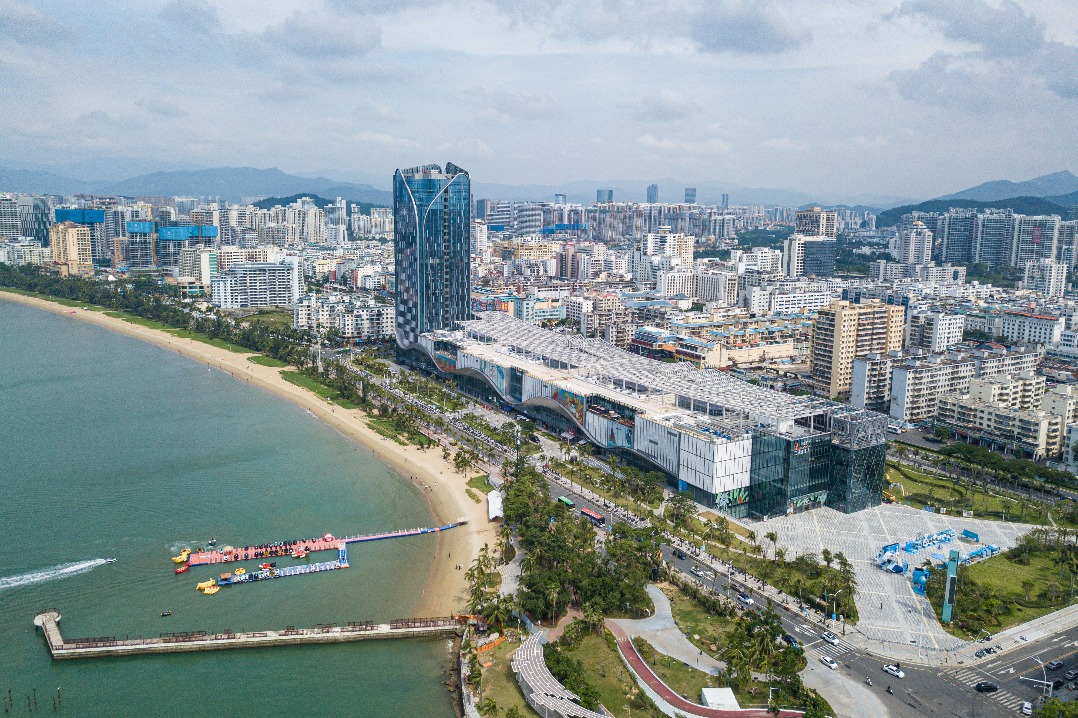Ignorant critic claims high-rise estates are 'fire traps' but gives no evidence

The ghastly catastrophe in London that turned a high-rise residential block into a charnel house with a truly appalling death toll touched off repercussions in big cities worldwide, mainly for urgent checks to ensure the grossly dangerous cladding material responsible had not been affixed to outer walls of any of their own high-rises. But international financial services provider Bloomberg issued an extraordinary article claiming Hong Kong's high-rise housing estates are dangerous fire-traps.
Bloomberg's stunning attack is completely erroneous. Unsurprisingly its article does not cite any proof for its claims for the simple reason that none exists. The facts about our public and private housing estates are that 99.9 percent of our population live in them in safety. Furthermore we have no choice other than to live in them because of the acute shortage of land across the territory. Our few remaining low-rise buildings mainly comprise remote farmhouses and fishermen's shacks in the New Territories.

Since our first public housing estate was built in 1954 there has never been a fire disaster in any of the thousands of high-rise public or private residential estates built in the 63 years to the present. The last fatality from fire in a public housing estate was in November 2015 when a middle-aged woman was killed after fire broke out in her 28th floor unit in Sui Lok House, Siu Sai Wan Estate, Chai Wan. Every two years fire drills are held in Housing Authority estates to remind occupants always to be vigilant concerning fire safety precautions.
Bloomberg's critique claims: "High-rise buildings aren't suitable for public housing and wherever they are used in this way they are a source of danger." It adds that in London, New York, Hong Kong and Tokyo, higher land values make it more cost-effective to build tall "but these are the kind of savings you make when you buy a cheap car; they are erased by the ownership costs over the years".
"Tall buildings have more public areas, expensive elevators, complex wiring, heating, water supply and ventilation problems that are hard to service without disrupting the lives of thousands of people. The buildings that sprang up during the early industrial boom have their own set of problems. The building technology was untried and developing on the go, so structural problems have emerged with many of the buildings."
The author of these views is a Bloomberg editor and columnist, Moscow-born Leonid Bershidsky. Bloomberg boasts that it "connects decision makers to a dynamic network of information, people and ideas (and) quickly and accurately delivers business and financial information, news and insight around the world".
Bershidsky's opinions so differ from the factual situation in Hong Kong that we must question whether he has actually visited our megacity. To get a quick oversight of Hong Kong, visitors can take a pleasurable trip to the Peak by cable car. Within a few minutes first-time visitors are gasping with astonishment when suddenly confronted by the magnificent spectacle of the harbor and its backdrop of urban Kowloon, seemingly an endless panorama of multi-storey high-rises.
They immediately comprehend that Hong Kong almost totally comprises nothing but high-rise buildings. We not only live but work in high-rise commercial buildings that house businesses, offices, shops and stores and other activities.
The full extent of Hong Kong comprises just 1,104 square kilometers of land, including 264 mostly uninhabited little islands and plus 60 sq km of land reclaimed from the sea, mainly along the northern coastline of Hong Kong Island.
To determine the theoretical "share" for each of our 7.3 million inhabitants, divide 1,104 by 7,300,000 for an amount perhaps more easily measured in grains of sand!
Keen young local architecture students often graduate with an itch to change the profession's long-accepted adoption of high-rises as the only way we can accommodate most of our families and provide the bulk of places of employment. The problem is to create a workable alternative that is an improvement on the present design.
Recently an architectural competition, "Hong Kong Pixel Themes" was held to "re-imagine the high-rise" and hopefully produce that alternative. The winning entry, entitled "Towers Within A Tower", was submitted by three imaginative architects and proposed a revolutionary design concept. It envisages a series of small inter-connecting apartments spread over four storeys and linked by sturdy little stairways instead of space-wasting corridors. This extraordinary configuration would probably be popular with adventurous singletons and childless couples but, because of the steps, would be unlikely to attract families with young children, or elderly residents. Another problem might be to find land-owning companies willing to use their precious resources to introduce such a bold design.
(HK Edition 06/29/2017 page1)
Today's Top News
- China to continue anti-dumping duties on EPDM imports
- Trump says war with Venezuela remains possible -- NBC News
- China urges Japan to stop challenging intl bottom line with its nuclear ambitions
- US arms sales to Taiwan a dangerous gambit: Editorial flash
- Taiwan opposition lawmakers announce plan to impeach Lai Ching-te
- Boosting consumption will be key in 2026






























